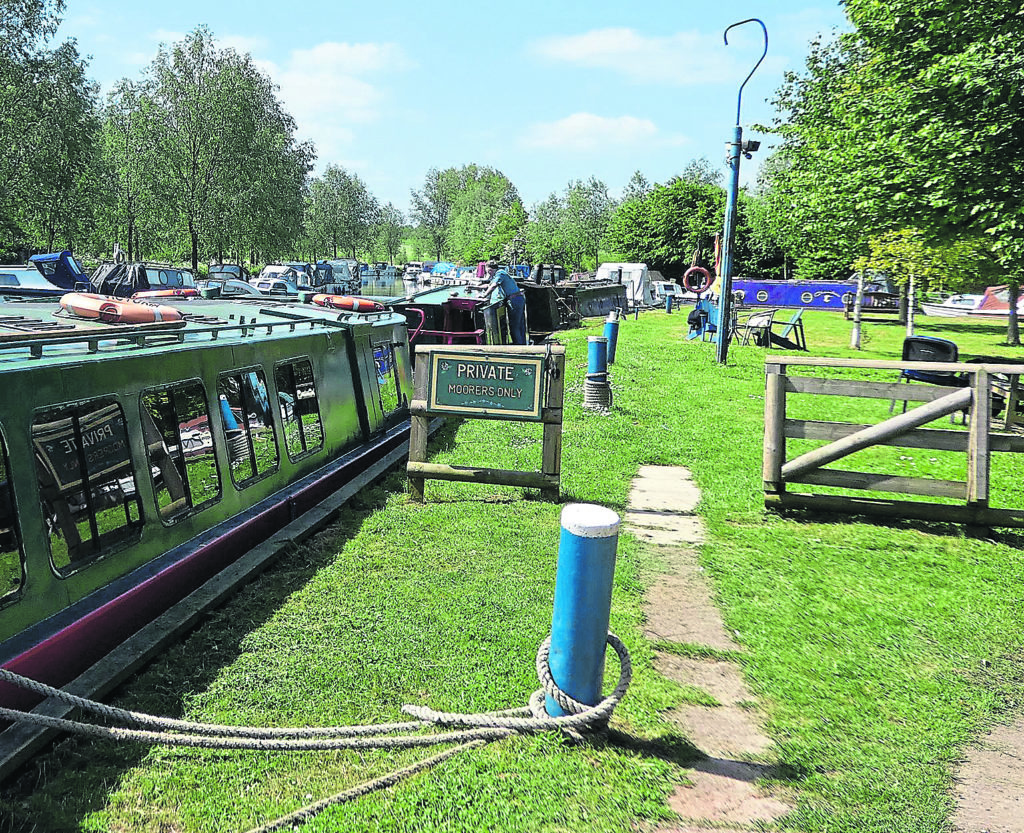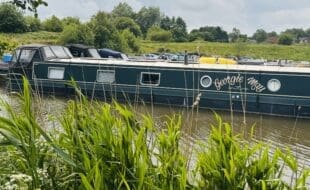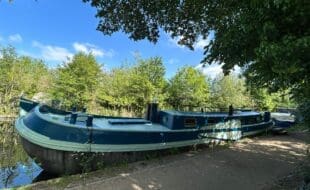John Souter continues his series exploring the origins of commonly used boating terms.
MANY of you may be familiar with what a lot of the words that boaters use mean but have you ever stopped to wonder where the words we are all too familiar with actually originated from? Here are more examples of words whose origins may hopefully inform you, and in some cases, perhaps, even surprise you.

Beam
This can be used to refer to:
· A horizontal structural member, usually transverse, i.e. a cross-beam, for supporting the decks and floors of a vessel.
· The breadth or width of a vessel from one outermost point to another, i.e. at its widest part.
The word is thought to date from the early 13th century – and it’s from here that the slang expression or phrase ‘broad in the beam’ (wide-hipped) is believed to originate.
However the historic origin of the word is thought to go back to pre-900 from the Anglo-Saxon or Old English ‘beam’ meaning ‘tree’ (as well as ‘rafter, post, ship’s timber’). It could also derive from the Old Norse ‘baomr’ and Middle Dutch ‘boom’, both having similar meanings.
Bilge
The area at the bottom of a boat where water can collect and from there needs to be pumped out, hence the terms bilge-pump and bilge-water. In particular it is the space of free air inside a boat’s hull lying beneath the bilge line (water line), although the term is often used to refer to the whole area underneath the cabin floor.
The exact origin is unknown but possibly derives from the Old Norse French ‘boulge’ meaning ‘leather sack’, or Late Latin ‘bulga’ which has a similar meaning – in both cases the word is used in the sense of a swelling attributed to the collection/storage of liquid.

In 1513 there was the first known use of the word ‘bulge’ to mean ‘lowest internal part of a ship’, which then evolved into bilge and developed into the meaning of that specific area of the ‘ship’s hull’.
Boat
This is any small vessel, as opposed to a ‘ship’ which can or does also carry boats. This term can also sometimes be found to be used to refer to a vessel of less than 7ft beam or width.
The origin of this word is believed to date from pre-900 and has evolved from the Old English word ‘bat’ meaning ‘boat, ship, vessel’ and which then developed into the Middle English ‘boot’ before becoming boat. Interestingly the modern German word for boat is also ‘boot’, as in the film Das Boot.
An alternative derivation is from the Old Norse ‘bato’ also meaning boat.
Bollard
The strong wooden or metal posts used for tying up boats with mooring lines at a wharf, quay, lock or mooring. A bollard can also be referred to as a strapping stump, a ‘strap’ being another name for a rope or line.
Bollards or strapping stumps are also placed to help in navigating a narrowboat at a difficult spot on a canal, e.g. where a line, rope or strap would be used with a bollard or stump to help with moving round a tight turn. The word is thought to relate to the word ‘bole’ meaning ‘tree trunk’ and ‘ard’ meaning ‘hardy’.
Alternatively it could be related to the Norman-French word ‘boulard’ which has a similar meaning.
#towpathtalk #canals #canalsandrivers #narrowboat #rivers #waterways #lifeonthecut #boating #boats #canallife #canallifeuk





